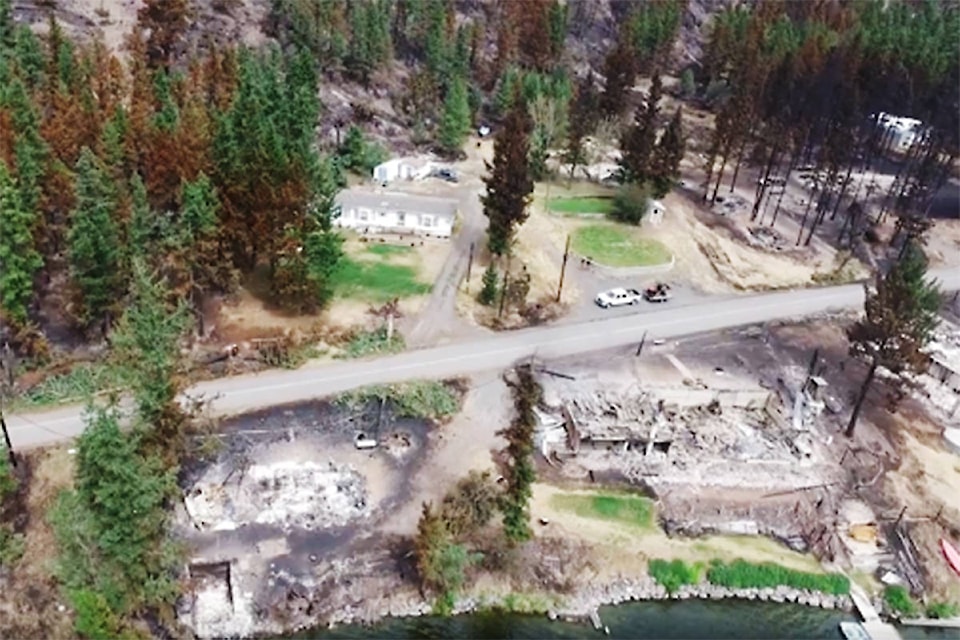By Sean Brady – Kamloops This Week
The Thompson-Nicola Regional District now has some idea of the economic impact of the 2017 wildfires. The results of a business survey have been released as part of a report the district commissioned that also includes a number of recommendations for future recovery efforts.
The report found 457 of the 492 businesses in the study area were affected “in some way” by the 2017 wildfires. Most of the affected businesses had fewer than 10 employees, had revenue under $250,000 and were primarily impacted because their business was interrupted.
The TNRD has already taken steps toward recovery by accelerating timelines for building and development permits and reducing fees for those affected by the fires, but now has some other ideas on how the region can recover.
Last month, the district revamped its website to make it clearer how to get help. On its wildfire recovery page, located at tnrd.ca/recovery, home and business owners can find information and forms to help them access aid.
Debbie Sell is the director of corporate services for the TNRD. During the fire season, she served as the district’s emergency information officer.
Sell said business interruption was what most experienced — either their customers couldn’t get to them or they had to shut down due to road closures and evacuations. The types of businesses affected were mostly accommodation/food services; agriculture, forestry, fishing and hunting; retail trade; arts, entertainment, recreation; and construction. Approximately 16 per cent of affected businesses suffered direct fire damage.
All told, the 2017 wildfires resulted in an estimated $31 million in direct economic losses for the region, including almost 100,000 hours of lost employment hours worth approximately $1 million, which the report calls a “very conservative estimate.”
The survey results say 42 per cent of businesses had successfully participated in an economic recovery program, while 39 per cent had not and 19 per cent had not yet applied. The loss of business might not be over yet and recovery is expected to be a lengthy process.
“I think the concern for many of our businesses, particularly on the tourism side, is those ongoing losses of people not coming back to the area,” Sell said. “Many of the businesses that were negatively impacted, they’ve got a cycle where most of their revenue comes through the summer. It’s their summer revenue that carries them through the entire year.”
Last year’s fire season has served as somewhat of a lesson for the TNRD.
“I think what has really helped is all of the various agencies have really stepped forward to see how to support recovery. We are kind of building a blueprint as we go, and we’re putting things in place that weren’t in place previously,” Sell said. “We now have something to look back to, at least to say, ‘Well, what did we do last time?’”
Sell said the report also makes recommendations that go beyond the TNRD’s scope and hopes other organizations and levels of government take on some of the changes to be made.
“It’s kind of wide open. The province is definitely very interested in this report. They’re looking at it to see how they can fill some of those gaps. The NGOs are definitely looking at it. Tourism associations all have it,” Sell said.
“We tried to get the information out as broadly as we could, so that everyone who can step up has the information they need best to help.”
